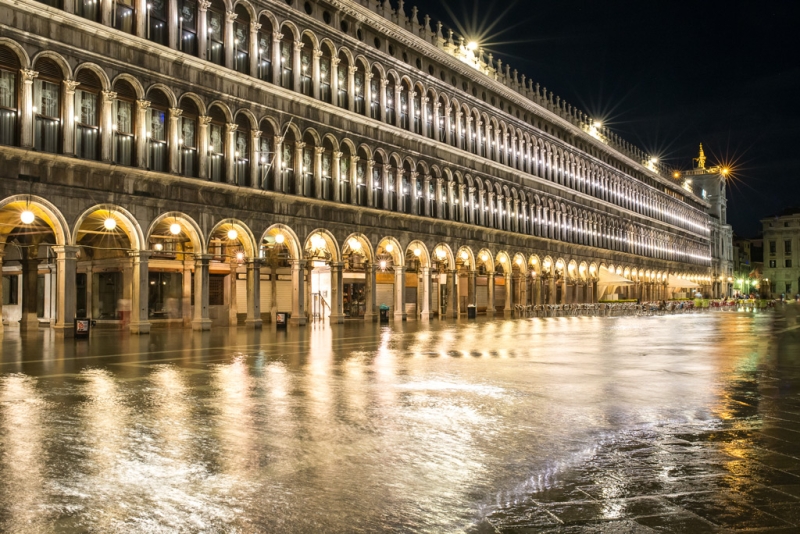
Nothing lasts forever under the moon. Unfortunately, this sad expression also applies to famous tourist attractions. Many of them are in serious danger of being destroyed. The reasons are different, but most often they are associated with human activity and global climate change.
Today we have prepared for you a list of 6 colorful and recognizable tourist places that may cease to exist in the near future.
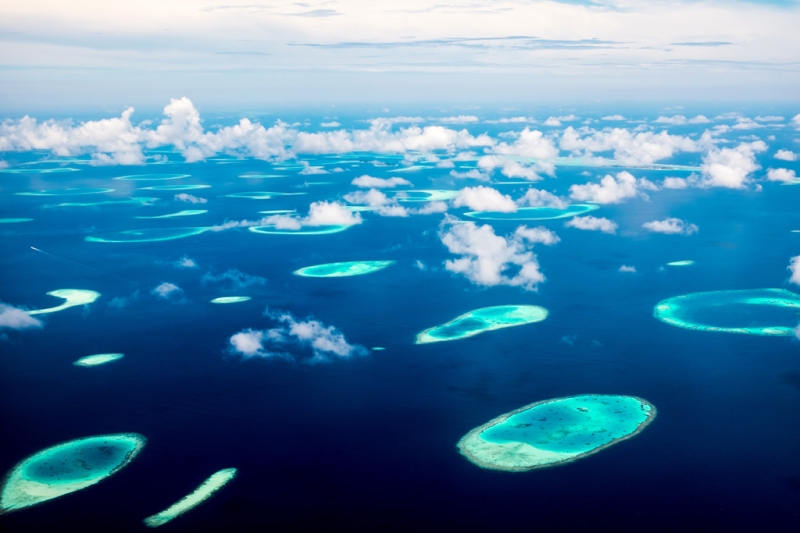
Maldives (on the map)
Danger: Flooding of the archipelago.
Cause : Due to global warming, the level of the world’s oceans is rising.
Forecast: The islands may go under water in the next 70 – 100 years.
How to get there: Due to the popularity of this destination among Russians It is not difficult for tourists to get to the islands. You can buy air tickets and be in the Maldives in 14 hours.
The Maldives is famous not only for its beaches, but also for the fact that it is the “lowest” state in the world. Just imagine, the highest point of this country is only 2.5 meters above sea level. It is not surprising that the increase in the amount of water in the ocean poses a real threat to local residents. However, they do not lose heart and try to defend themselves.
Currently, the government of this small island state is trying to build dams and create artificial islands to resettle the most affected areas.
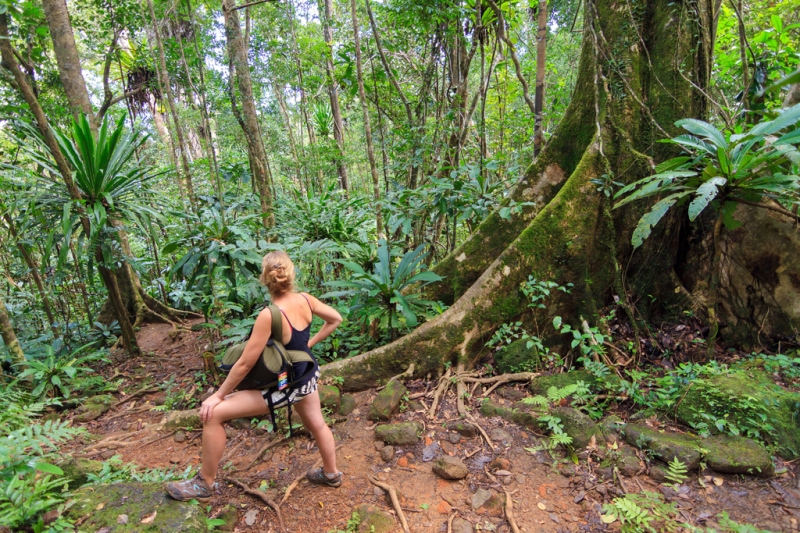
Madagascar forests (on the map)
Danger: The jungles of this island are in danger of being completely destroyed.
Reason: People cut down forests to earn some money to live.
Forecast: According to preliminary data, if the rate of deforestation continues, Madagascar will lose its forests in 35 – 40 years.
How to get there: First you need to buy tickets to Antananarivo, and from there you can go in search of lemurs in the wild jungle.
Madagascar is the fourth largest island on the planet. It attracts tourists with its thickets, in which amazing and rare animals are still preserved. Such as geckos, lemurs, chameleons, special types of bats and many others.

Today they are all in danger due to the activities of local residents. Forests are regularly cut down for commercial purposes. Complicating the situation is the fact that valuable species such as ebony and mahogany grow in Madagascar. They are in good demand on the world market and, accordingly, are a desirable target for the poor inhabitants of the island.
The Madagascar authorities are trying to solve this problem by creating special protected areas where any cutting of trees is prohibited. But either due to insufficient control, or due to the excessive zeal of the lumberjacks, they are not very good at it.
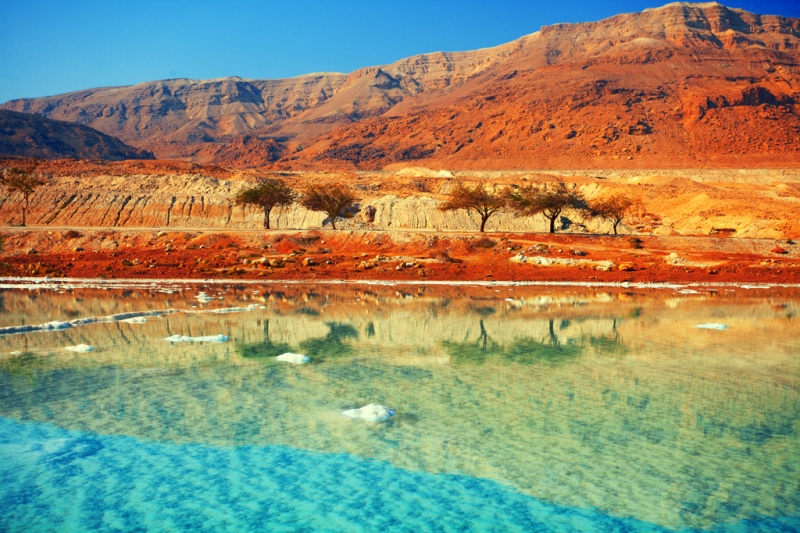
Dead Sea (on the map)
Danger: Drying out.
Cause: Due to climate change and human activity, less and less water is entering the Dead Sea.
Forecast: The unique tourist resort may finally turn into a desert in 140 – 180 years.
How to get there: First you need to fly to Jerusalem or Tel Aviv, and from there there are minibuses, trains and buses.
The Dead Sea has long been known to mankind due to its uniqueness and location. Therefore, constant monitoring of him has been carried out for quite a long time. Research shows that in the last 50 years alone, water levels have dropped by 25 meters. At the same time, the speed of this process is only increasing. What is the reason for such a cataclysm?
One hypothesis says that the Jordan River is to blame. It has become very shallow and is no longer able to fill the Dead Sea in sufficient quantities. And this happened due to the fact that more and more water from the river is used to irrigate plantations in the area and for other industrial purposes.
At the moment, the governments of the countries on whose territory the Dead Sea is located are discussing a project to build a water canal that can stop the process of destruction of this attractive tourist site.
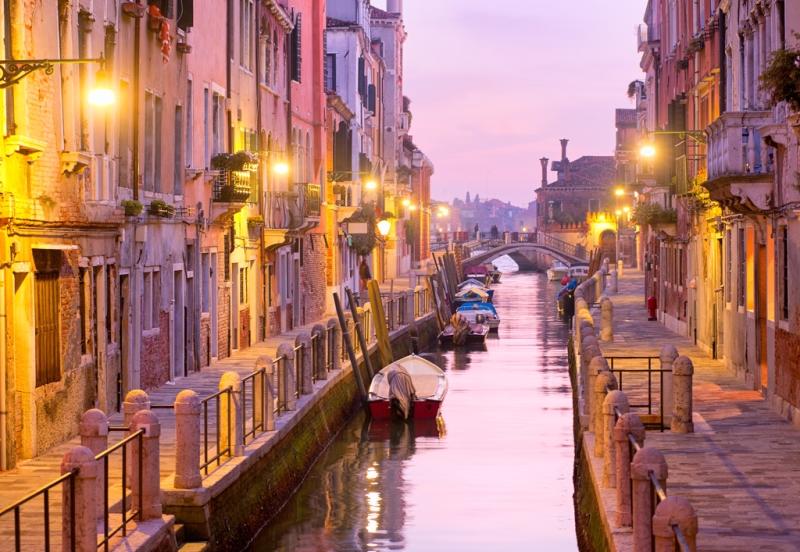
Venice (on the map)
Danger: The city is slowly sinking under water.
Cause: Increasing pressure from ground objects on the piles and rising water levels in the Adriatic Sea.
Forecast: If a set of measures to protect the city does not have an effect, Venice risks becoming uninhabitable in 30 to 80 years.
How to get there: Take a plane to Venice Marco Polo Airport.
It has long been known that Venice is slowly sinking. Local residents have repeatedly faced the need to rebuild their buildings and develop higher islands. But in the 20th century, the process of immersion accelerated and became more noticeable. Over a hundred years, the water has risen by 23 centimeters and continues to rise every year.
However, the city authorities are not sitting idle. In 2003, the MOSE project was launched, the goal of which is to build several dams around Venice. According to the engineers, this measure will solve that part of the problem that is associated with the growing water level in the Adriatic and constant flooding.
True, there were also critics of the project. They note that this method of water protection has already proven ineffective in the Netherlands and the UK. Ecologists also point to the great environmental harm of such buildings for the underwater inhabitants of the lagoon – various species of fish, shellfish, crustaceans, jellyfish and algae.

Great Barrier Reef (on the map)
Danger: Destruction of coral reefs.
Cause: Human activity, global warming and other natural phenomena.
Forecast: Due to the impressive size of the reef, it is difficult to give an accurate forecast; scientists talk about an interval of 90 – 120 years.
How to get there: You need to fly to the city of Cairns, it is located closest to the area accessible to tourists.
The world-famous Great Barrier Reef is facing a series of problems. Global warming, which has led to an increase in water temperatures, is causing great harm. Corals cannot stand such an overload and die. Human activity also adds cause for concern. A separate problem was the population of crown-of-thorns starfish. These starfish feed on reefs, causing them to collapse.
A variety of measures are being taken to save the Great Barrier Reef. In particular, it is all divided into zones with varying degrees of accessibility. There are places that are open to shipping and tourists, and there are places where people are prohibited from swimming.
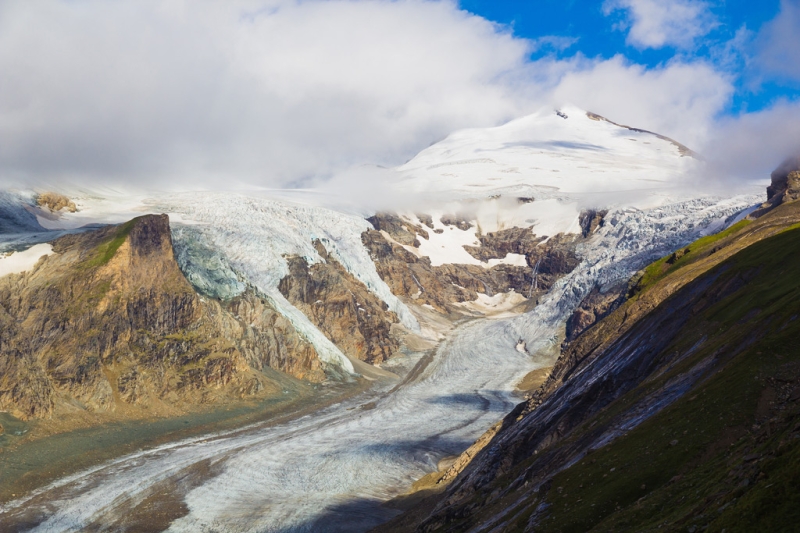
Alpine glaciers (on the map)
Danger: Glaciers covering the Alpine mountains may disappear.
Cause: Global warming.
Forecast: Based on the current rate of melting of glaciers, their existence may be called into question within 60 – 80 years old.
How to get there: If you want to see the Alps, the easiest way to do this is to buy a plane ticket to Lyon or Geneva.
According to a recent study, in the French Alps alone, the area of glaciers has decreased by 25% over the past four decades. A similar picture is observed in Switzerland.
The melting of glaciers in the Alps causes water to flow down from the mountains and form new lakes. Sometimes this process leads to the flooding of settlements and farmland.
If melting continues, the total area of new lakes could reach 60 square kilometers. To prevent such a course of events, the authorities of the Alpine countries are considering projects for the construction of dams and special canals that will discharge melt water to places specially prepared for these purposes.
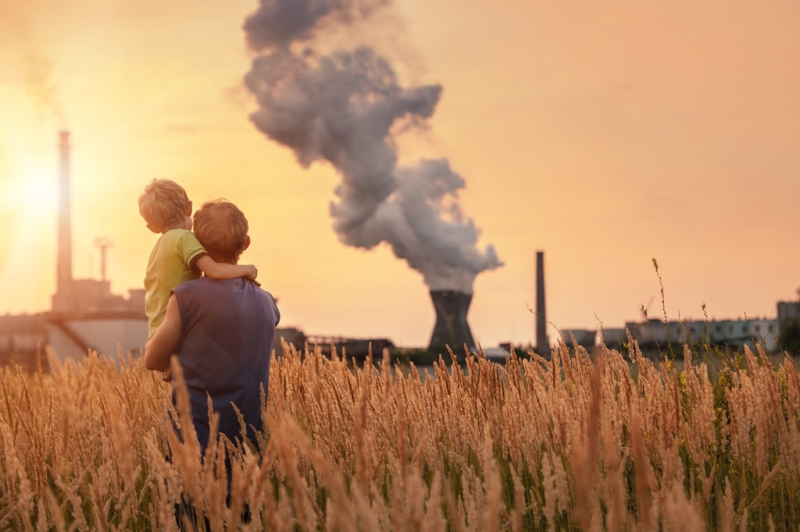
Our list of tourist places that are in real danger has come to an end. Let’s hope that pessimistic forecasts will not come true, and our descendants will still have the opportunity to drink a cup of coffee in Piazza San Marco and ski on the snow-covered Alpine slopes.
We advise you to learn about 5 countries of the world that are not on the map.

